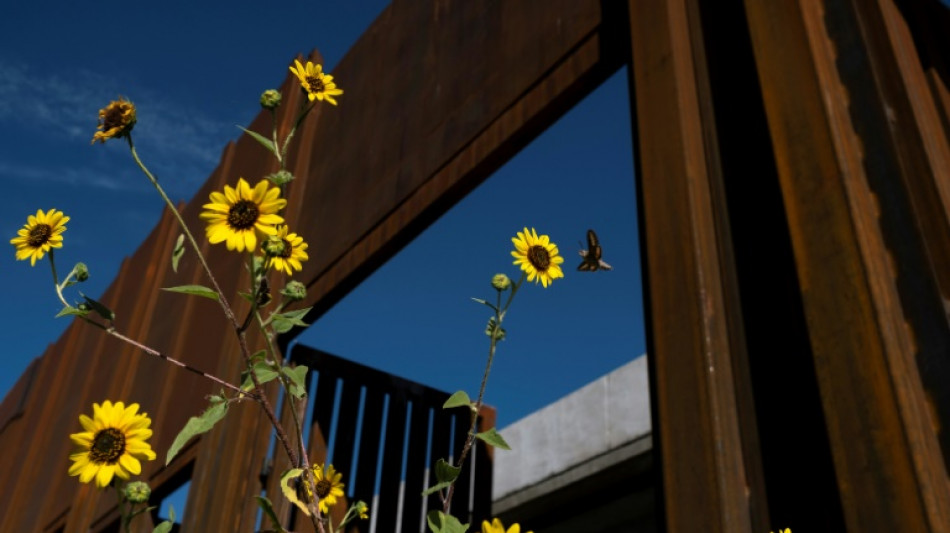
-
 Syria's ex-jihadist president meets Trump for historic talks
Syria's ex-jihadist president meets Trump for historic talks
-
Top US court hears case of Rastafarian whose hair was cut in prison
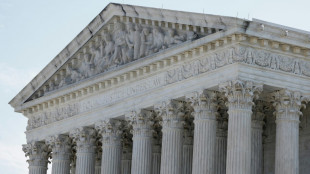
-
 US mediator Kushner and Netanyahu discuss phase two of Gaza truce
US mediator Kushner and Netanyahu discuss phase two of Gaza truce
-
End to US government shutdown in sight as Democrats quarrel
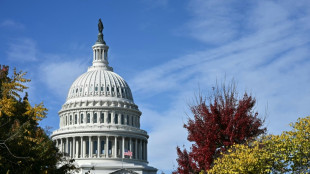
-
 Trump threatens air traffic controllers over shutdown absences
Trump threatens air traffic controllers over shutdown absences
-
US to remove warnings from menopause hormone therapy
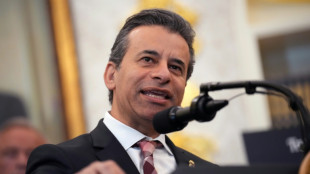
-
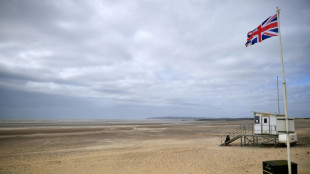 UK water firm says 'highly likely' behind plastic pellet pollution incident
UK water firm says 'highly likely' behind plastic pellet pollution incident
-
Syria's ex-jihadist president holds historic Trump talks

-
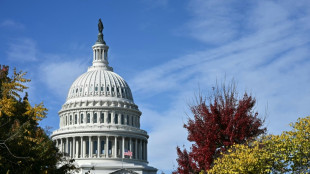 End to record-long US government shutdown in sight
End to record-long US government shutdown in sight
-
France's ex-leader Sarkozy says after jail release 'truth will prevail'

-
 Atalanta sack coach Juric after poor start to season
Atalanta sack coach Juric after poor start to season
-
Trump threatens $1 billion action as BBC apologises for speech edit

-
 Gattuso wants 'maximum commitment' as Italy's World Cup bid on the line
Gattuso wants 'maximum commitment' as Italy's World Cup bid on the line
-
Indian capital car blast kills at least eight
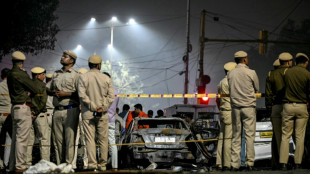
-
 Deadly measles surge sees Canada lose eradicated status
Deadly measles surge sees Canada lose eradicated status
-
Brazil's Lula urges 'defeat' of climate deniers as COP30 opens

-
 Strangled by jihadist blockade, Malians flee their desert town
Strangled by jihadist blockade, Malians flee their desert town
-
US Supreme Court declines to hear case challenging same-sex marriage
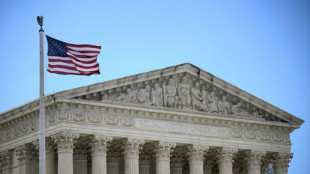
-
 'Fired-up' Fritz sees off Musetti in ATP Finals
'Fired-up' Fritz sees off Musetti in ATP Finals
-
Injured Courtois set to miss Belgium World Cup qualifiers

-
 Bulatov, pillar of Russian contemporary art scene, dies at 92
Bulatov, pillar of Russian contemporary art scene, dies at 92
-
Fritz sees off Musetti in ATP Finals

-
 US strikes on alleged drug boats kill six more people
US strikes on alleged drug boats kill six more people
-
Sarkozy released from jail 'nightmare' pending appeal trial

-
 COP30 has a mascot: the fiery-haired guardian of Brazil's forest
COP30 has a mascot: the fiery-haired guardian of Brazil's forest
-
The Sudanese who told the world what happened in El-Fasher
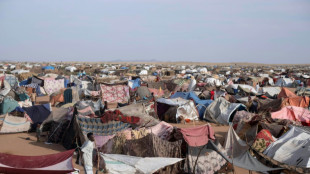
-
 Three things we learned from the Sao Paulo Grand Prix
Three things we learned from the Sao Paulo Grand Prix
-
ASC acquire majority share in Atletico Madrid

-
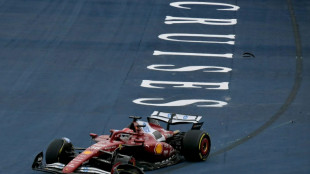 Ferrari boss tells Hamilton, Leclerc to drive, not talk
Ferrari boss tells Hamilton, Leclerc to drive, not talk
-
Bank of England seeks to 'build trust' in stablecoins
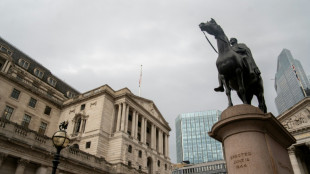
-
 China suspends 'special port fees' on US vessels for one year
China suspends 'special port fees' on US vessels for one year
-
French court frees ex-president Sarkozy from jail pending appeal

-
 No link between paracetamol and autism, major review finds
No link between paracetamol and autism, major review finds
-
Typhoon Fung-wong floods Philippine towns, leaves 5 dead in its wake
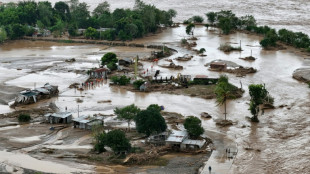
-
 France's Sarkozy says prison a 'nightmare' as prosecutors seek his release
France's Sarkozy says prison a 'nightmare' as prosecutors seek his release
-
Guinness maker Diageo picks new CEO after US tariffs cloud

-
 China suspends 'special port fees' on US vessels
China suspends 'special port fees' on US vessels
-
US senators take major step toward ending record shutdown
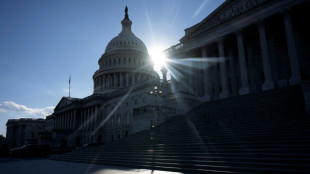
-
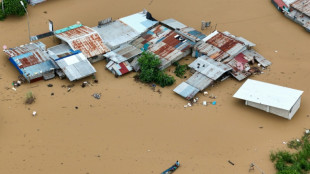 Typhoon Fung-wong leaves flooded Philippine towns in its wake
Typhoon Fung-wong leaves flooded Philippine towns in its wake
-
From Club Med to Beverly Hills: Assinie, the Ivorian Riviera
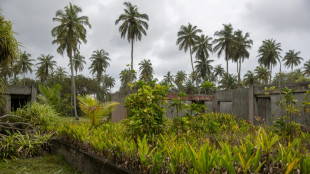
-
 The 'ordinary' Arnie? Glen Powell reboots 'The Running Man'
The 'ordinary' Arnie? Glen Powell reboots 'The Running Man'
-
Typhoon exposes centuries-old shipwreck off Vietnam port
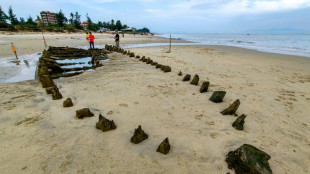
-
 French court to decide if ex-president Sarkozy can leave jail
French court to decide if ex-president Sarkozy can leave jail
-
China lifts sanctions on US units of South Korea ship giant Hanwha

-
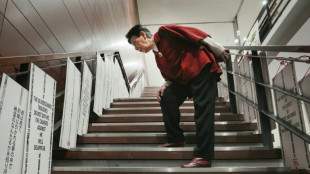 Japan death row inmate's sister still fighting, even after release
Japan death row inmate's sister still fighting, even after release
-
Taylor sparks Colts to Berlin win as Pats streak hits seven

-
 Dreyer, Pellegrino lift San Diego to 4-0 MLS Cup playoff win over Portland
Dreyer, Pellegrino lift San Diego to 4-0 MLS Cup playoff win over Portland
-
Indonesia names late dictator Suharto a national hero

-
 Fourth New Zealand-West Indies T20 washed out
Fourth New Zealand-West Indies T20 washed out
-
Tanzania Maasai fear VW 'greenwashing' carbon credit scheme
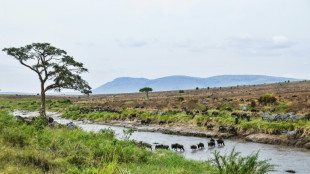

Protecting wildlife along the US-Mexico border
The border wall snaking along the US-Mexican border was built to keep migrants out -- but conservationists say the towering metal barrier also stops wildlife from moving between natural habitats.
Alarmed by the impact on animals including jaguars, bears and mountain lions, activists from the United States and Mexico have joined forces to try to protect the biodiversity corridor.
"This part of the border is one of the most interesting places in North America," said Valer Clark, founder of the transfrontier wildlife organization Cuenca Los Ojos (CLO).
Bears, mountain lions, deer, bighorn sheep and coatimundis are among the animals roaming the arid lands of southern Arizona and the northern Mexican state of Sonora, she told AFP.
But camera trap photos and the conservationists' own observations have revealed deer, mountain lions and black bears pacing along the border wall, confused and unable to access their former ranges, according to the group.
One family of boars spent five hours trying to get past the wall in search of water, said Jose Manuel Perez, CLO's conservation director.
Border lighting meanwhile deters nocturnal animals and can cause migratory birds that navigate by moonlight or starlight to lose their way, environmentalists warned.
The wall was first erected by the United States in 1994 and underwent major reinforcements during Donald Trump's 2017-2021 presidency.
The barrier, which stretches across almost all of Arizona's southern edge, "greatly affects" the migration of animals, Perez said.
CLO is calling for the removal or modification of the parts of the border wall that cause the most harm to wildlife, and for the restoration of all cross-border rivers.
It is more than 40 years since Clark moved to a cattle ranch in southwestern Arizona, where the New Yorker said she fell in love with the wide open spaces.
Back then it was a totally different place, where people would cross the border easily to visit relatives, she recalled.
The region may look barren, but in fact "it's full of important wildlife and diversity," said Eamon Harrity, wildlife project manager at the Sky Island Alliance, another conservation group active in the area.
"The development of a large human barrier has repercussions," he said.
str-sem-st-dr/mca
P.Santos--AMWN